This week, we’re traveling the breadth of Japanese history to answer a seemingly simple question: why is it that so very many of us have heard of haiku? What is so special about this style of poetry, and how did it come to have such global appeal?
Sources
Doe, Paula. A Warbler’s Song in the Dusk: The Life and Work of Otomo Yakamochi
Carter, Steven D. Haiku Before Haiku: From the Renga Masters to Basho.
Keene, Donald. The Winter Sun Shines In: A Life of Masaoka Shiki.
A collection of Masaoka Shiki’s haiku from University of Virginia’s Japanese Text Initiative.
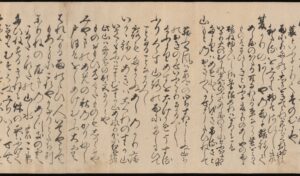
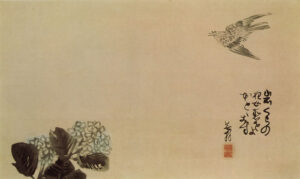
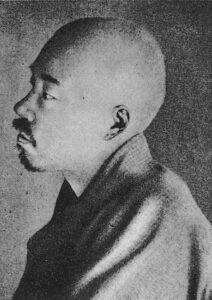
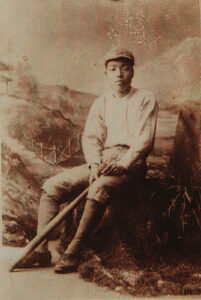
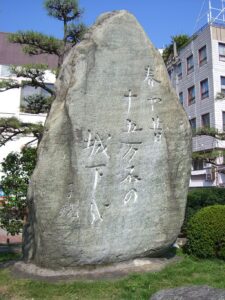
Richard Wright’s haiku from the Living Haiku Anthology.
Jack Kerouac’s haiku from the Living Haiku Anthology.
An explanation of kireji and kigo from Haruo Shirane and Robert Oxnam.
Images
